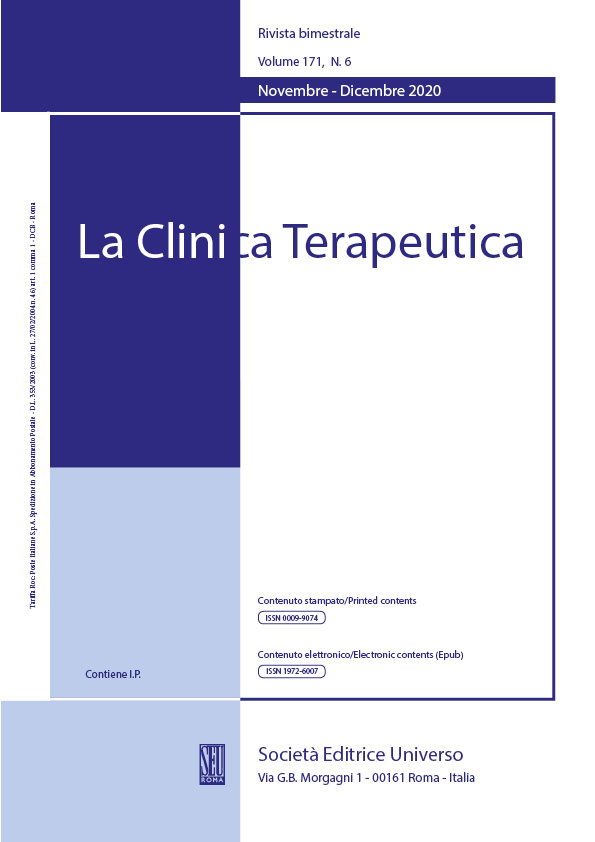Abstract
Purpose: This study was to evaluate the safety and efficacy of ultrasound-guided percutaneous nephrolithotomy (US-guided PCNL) in a modified lateral position with extended legs for kidney stones.
Methods: This prospective study included 46 patients underwent PCNL with US-guided renal access in the modified lateral position with extended legs from 2020 to 2021. The outcomes included the rate of successful access, complete stone clearance, operative characteristics, postoperative complications, and the need for an additional procedure.
Results: Median age was 54.5 years and males were 56.5%. Median stone burden was 2,660 mm3 and 93.5% of all patients were graded as 1 or 2 regarding the Guy’s stone score. Twenty-four patients required one puncture and 14 patients required 2 punctures. Six patients had a concomitant ureteroscopic lithotripsy. Median access duration, fluoroscopy duration and hospital length of stay were 2.0 minutes, 14.5 seconds and 3 days respectively. Successful renal access rate was 100% and complete stone clearance rate was 93.5%. Complications occurred in 5 patients without mortality. Three patients required an additional procedure.
Conclusion: US-guided PCNL in the modified lateral position with extended legs is safe and effective for kidney stones. The exposure to radiation is reduced significantly. We advocate using this approach and try to perform PCNL under X-ray free US guidance.

